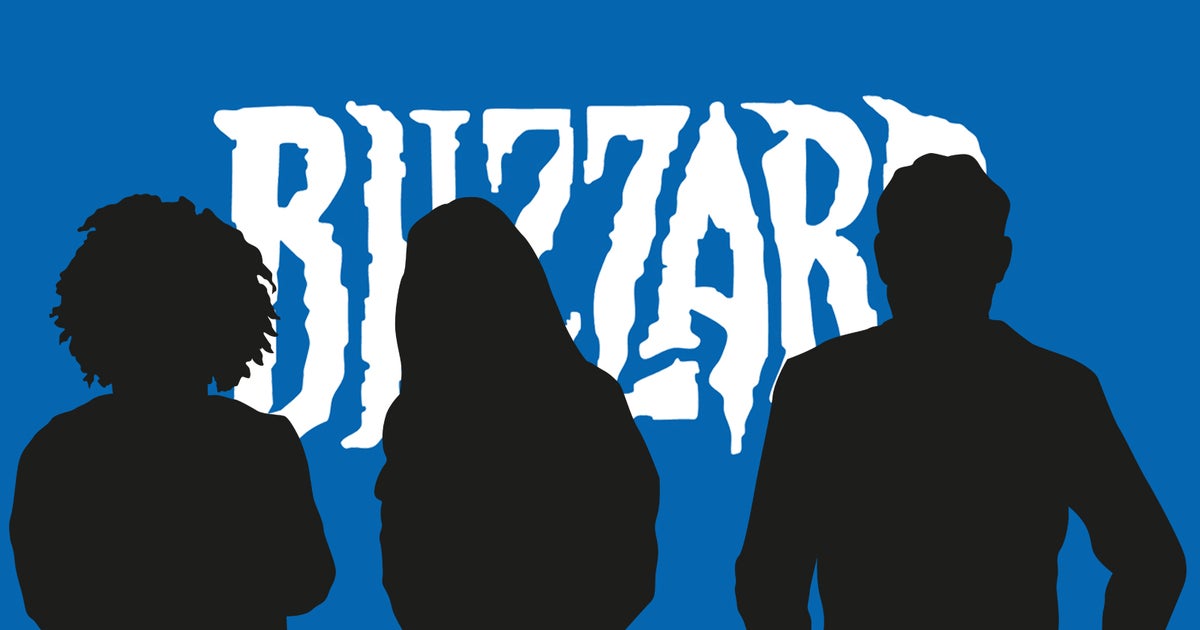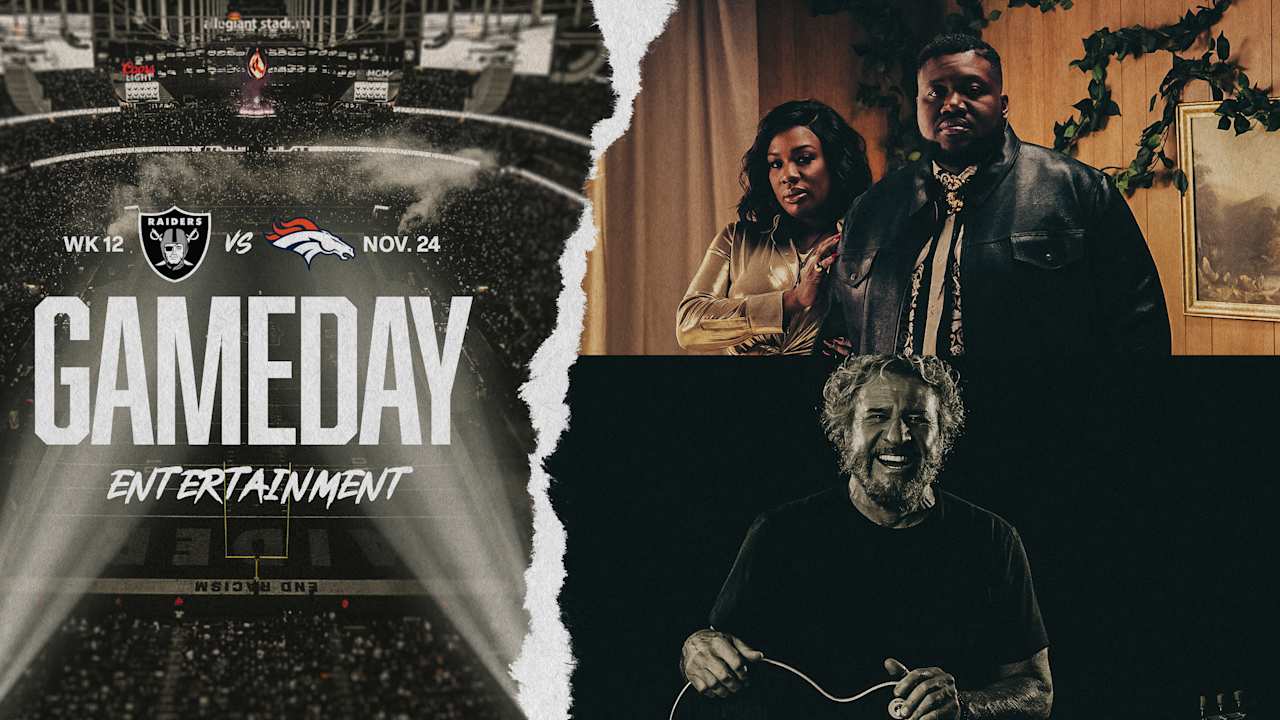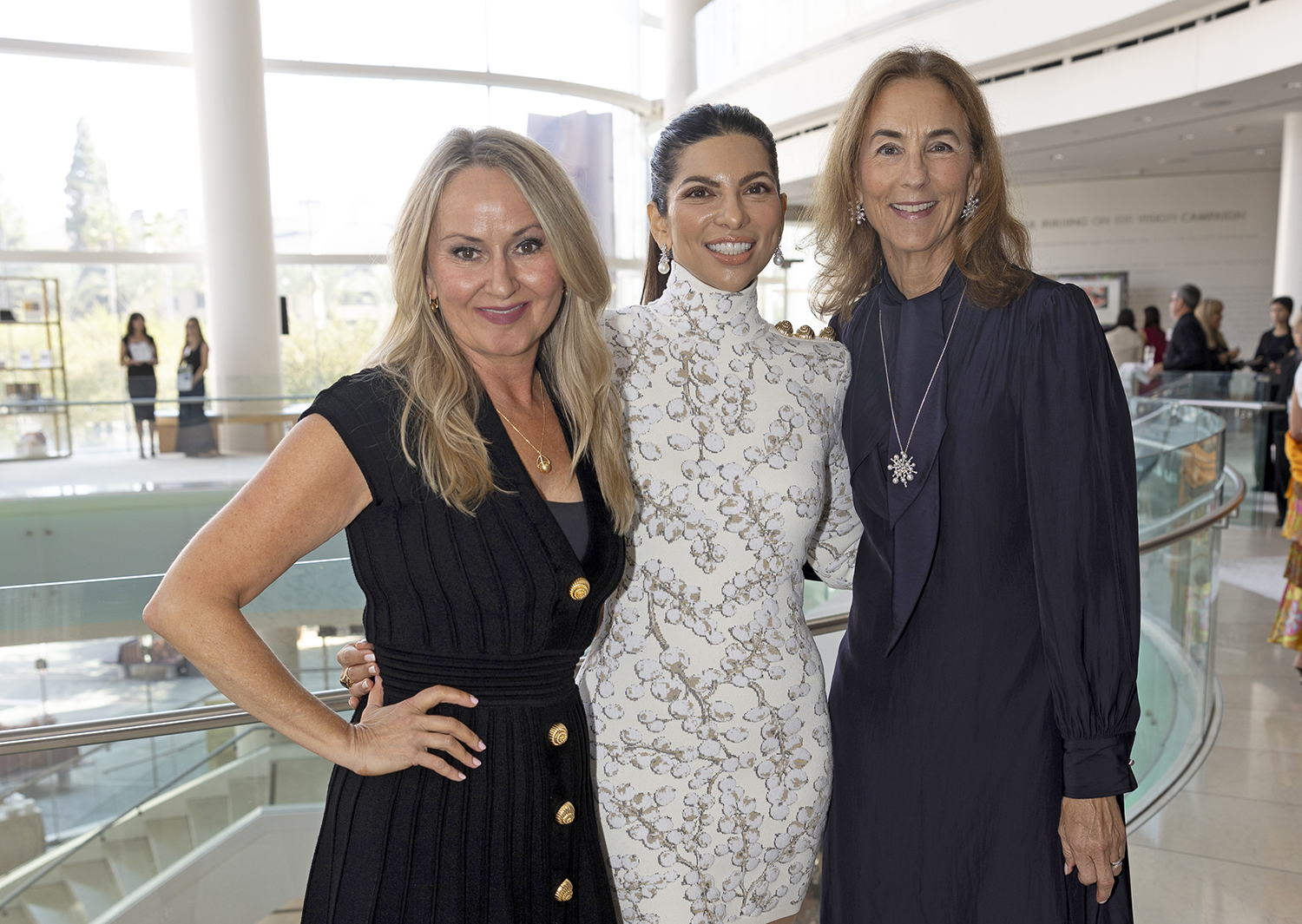Tech
Behind the scenes at Blizzard: Jason Schreier talks misconduct, swingers parties and what press got wrong

Few video game companies hold such a personal connection to fans as Blizzard. Now, imagine how deep that connection runs if you worked there. For the many thousands of staff who sweated to build World of Warcraft, Diablo, StarCraft, Hearthstone and Overwatch, this company was their dream job, their social network, their life. And this is why change at the company – the slow creep of corporate influence and then the sudden rush of horrifying harassment stories – over the past few years has felt so impactful.
It’s a narrative that Bloomberg reporter Jason Schreier details well in his latest book, Play Nice, which launches today in the UK and North America. Through interviews with hundreds of Blizzard staff past and present, the book charts the company’s entire history, right up to the layoffs faced by staff this year following Xbox’s record-breaking buyout.
Ahead of its publication, I sat down for a chat with Schreier to discuss how the book handles some of its most difficult topics, whether some of the changes have helped Blizzard’s staff in the long run, and much more.
This is a great read – the drama certainly builds as it goes along, through the introduction to Bobby Kotick, to the lawsuits, to today. Were you ever tempted to focus just on Blizzard’s recent history, rather than tell the full 33-year story?
Schreier: My initial plan was that I’d just cover the modern Blizzard history. The pitch for the book was it’d be a about the corporate takeover of Blizzard, Activision coming in and really playing a bigger role in things, which is something I started to hear about and started breaking news about on Kotaku in 2018, around the time Mike Morhaime, the CEO and co-founder, left the company. That was the original pitch, but then as the book started expanding – or really, as I started talking to people – I started expanding the book, for a few reasons.
One is that, as I started interviewing people who were there in the 1990s, in the early days of Blizzard, I realised there were so many fascinating stories and anecdotes, some of which had never been told before. There was a lot of interesting material here I thought readers would really appreciate, which led to me expanding the book to cover the entire 33-year saga. But the other thing – and this, I think, is the most important – is that I started to realise it is impossible to understand Blizzard without going back to the beginning and seeing where they came from, both from a cultural standpoint and a business standpoint.
From a business standpoint, it’s impossible to understand why it matters so much that Activision did this kind of takeover at Blizzard, and started interfering with their operations more, without understanding where Blizzard came from in the first place. Also, how Blizzard was started by video game fans who wanted to make games that they love playing, in contrast to a lot of other gaming companies in the 90s. And also from the cultural standpoint, it’s impossible to understand how we got to the point where the State of California was suing Blizzard for sexual harassment and discrimination without looking at the rise of that ‘boys club’ culture and where it came from in the 90s, when it was nearly all men at the company. You can see how Blizzard became the company it did, how some of those cultural elements that started in the 90s lingered and evolved, and how they turned into both good and bad aspects of Blizzard. You can’t tell the modern Blizzard story without going way back from the very beginning, so the early parts in this book expanded a lot more than I ever thought they would.
Did the State of California lawsuit and the very public nature of its fallout helped encourage some of the people you spoke with to come forward and share stories? Has that had an impact in people feeling more able to talk about their experiences generally?
Schreier: Yes, with some of it. The development stories, those I wouldn’t have had a hard time tracking down and putting together. But the number of women who felt like they were mistreated in some way or another at Blizzard – that would not have been possible without the lawsuit, and without it hitting that public crescendo.
Going back in time to the summer of 2018, Blizzard unceremoniously fired this guy Ben Kilgore – and it was just over and done. Ben Kilgore had been the Chief Technology Officer and Chief Development Officer. He was pretty high in the company. He was pretty much Mike Morhaime’s second-in-command. He was set up as Morhaime’s successor. And the way he was fired was really strange – it was this unceremonious email from Moreheim saying ‘we have parted ways’ or something like that. I heard rumours it had something to do with misconduct in some way, and a couple of people gave me the names of some women I should talk to. I reached out to those women and didn’t hear anything, I reached out to some other people who might be involved and didn’t hear anything. I never got enough to actually publish anything. People would not speak up about this. Cut to a few years later, and the lawsuit hits.
Suddenly a bunch of things start to click for me, including Ben Kilgore, and it really opened the floodgates. A lot of women started to realise ‘oh, okay, I’m not alone in this, I can feel a little bit more comfortable talking about this, because now it’s hit this tipping point and a bunch of other people feel the same way’. A lot of people felt comfortable sharing their stories because they knew they weren’t the only ones, and because they didn’t think it would lead to repercussions in the same way now so many people were talking about it. And often that’s what happens. It’s what happened with the MeToo movement in Hollywood, where a lot of people were keeping their stories to themselves, not telling anyone – reporters, investigators, HR – because they felt really isolated. And something that harassers, I think in general, are pretty good at doing, is isolating their victims and making it feel to their victims like they’re the only ones, like they’re doing something wrong and they should feel guilty.
So yes, the lawsuit made a lot more people feel comfortable sharing their stories in public and openly. I did a big Bloomberg story where I wound up speaking to a whole bunch of people, and I think a lot of our websites did stories that collated people’s experiences and found that women – and men, too – were more willing to talk now it was all out in the open. If not for the lawsuit, I don’t think I would have been able to capture that culture to the same degree I was able to. That said, the lawsuit – as I document in the book – had its own share of problems. It was sloppy and it was misleading, and it’s worth noting here that it was settled two years later for $55m and it was one of those things where it was like, ‘Activision agrees to no admission of guilt’. But it captures a broader truth, which is that a lot of women at Blizzard had to deal with micro-aggressions and misconduct and harassment and shitty things.
That gets us to a really interesting part of the book, where you set the record straight on parts of the lawsuit that were wrong, that were consequently misreported, and that actually caused more harm within Blizzard as a result.
Schreier: It’s tough, because what’s written in a lawsuit has so much weight to it. But what you realise is that there’s no legal obligation to tell the truth in a complaint of a lawsuit! You can say whatever you want – here in the US, at least – it does not have to be accurate. That caused a lot of problems for me. It was a balancing act, because I wanted to clear the record about some of those stories – like the misreporting on The Cosby suite, for example, which is complete nonsense and completely incorrect, and everybody got it wrong. That led to two men losing their jobs because they just happened to be in a photo [posing with a picture of now-disgraced entertainer Bill Cosby] that today looks horrible, but when it was taken was totally fine. The hard part was finding a balance between that and also not trivialising the very real suffering and problems that the culture caused for women.
The extremes of the Cosby suite… Because no, there was not really a Blizzard hotel suite devoted to an alleged sex offender, where men would take victims to sexually harass them. That is not the reality. But the reality is a lot of women who worked at Blizzard just had to deal with bullshit all the time. They had to deal with being the only woman in a room in a development meeting, and not knowing what the reaction might be if they say something – in case they’re told they said something wrong, or a bad idea, because they’re the only woman in the room and therefore there’s going to be a current of sexism and discrimination there. They had to deal with not knowing if – because there was no female leadership at Blizzard, so few women at the higher ranks and no female creative directors – they’re failing to get a promotion because of their work or because they’re a woman. And because there were no women in leadership roles they’re not going on boys club adventures to cigar clubs every weekend with the men who are in leadership. That kind of undercurrent of sexism really existed.
I have a story in the book about a woman who talked about how she wore shorts to the office once, and some dude who worked with her was like, ‘Oh, your butt looks really great in those shorts’. And she was like, ‘Holy shit, I can’t believe I have to deal with this at work’. And she never wore shorts to the office again. Just having to deal with that stuff is so horrible and disheartening that going to these extremes about the Cosby suite and creating this illusion that isn’t quite true, does a disservice to the very real problems that women actually face. One of my biggest takeaways from this book is that anytime you think there’s a simple story or a simple narrative, it’s probably a lot deeper and more nuanced than you think it is.
Right. And another example of that you mention is how, for pretty much everyone, Blizzard was their dream job. And that made dealing with everything that happened there so much harder.
Schreier: It’s heartbreaking, and one of the reasons there was so much emotion around the lawsuit is because it was like… This is Blizzard. One of the most beloved companies in gaming. A lot of women who work there said to me, ‘Hey, Blizzard is a place where I met some of my closest friends in the world. It’s a place where I had such a good time just making games with good friends. It was an awesome place to work in so many ways. And this made it all the worse that I had to deal with this bullshit too’.
How difficult is it, to work out who really knew what was going on?
Schreier: A lot of these problems were systemic. And the question of who knew what is a little more complicated because of that. When someone is dealing with a lot of micro-aggressions – whether it’s harassment or discrimination or even the possibility of discrimination – sometimes those turn into HR complaints, and sometimes they don’t. I spoke to a couple of women who told me they filed HR complaints about harassment and the HR people told them that in order for this to be a formal complaint, they had to file a police report because this was considered assault. And they didn’t want to do that. Sometimes people would file complaints, and HR would say ‘Oh, it didn’t happen on campus, so we can’t do anything about it’. That was another common theme I heard. In those cases it’s so complicated because if an HR complaint isn’t even being formally filed, how could it possibly get up to the executive ranks?
And then another wrinkle to all this is that sometimes someone might file an HR complaint, HR might go through their process, and then HR might actually reprimand the person who’s being complained about in some way – they might do a demotion, or suspension, or dock their pay, or tell them not to be around this woman again. But a lot of the time, the woman who filed the complaint wouldn’t actually know that something happened. Nobody told them, and so they felt like the HR complaint had been completely ignored when something was actually done about it, they just never found out about it. It’s all so systemic and complicated and nuanced, and I think all these splashy headlines about Blizzard have done a little bit of a disservice in that sense. And I’m glad I have the space of a book to explore this stuff, because I feel like it takes a real long-form look at something like this to really get the ins and outs of what actually happened.
There’s a short section which discusses how “some of Blizzard’s highest-ranking developers and executives were swingers and would invite colleagues to sex parties”. The picture here is that this was happening between consenting adults, but in the context of everything else this is a tough one to navigate.
Schreier: I tried very hard not to cast judgment. But when you work someplace and the borders between professional and personal relationships are just completely gone, that can create a culture not everybody is happy about and obviously that led to some problems. If you’re trying to trace why Blizzard was the subject of this lawsuit and why it ran into all these cultural issues, I think that having those lines being blurred is a big part of that. Blizzard was very incestuous. It really was like a college campus. But also, a lot of that was executives dating or being married to people below them at the company. On the one hand it’s consensual adults choosing to date and marry who they want, but it’s something companies generally try to avoid because it can create awkward situations. For example, if your boss does something wrong but they are dating someone in the C-suite, are you going to go and report them to HR? Even if they’re married to the CEO or the president or Chief Development Officer? Another problem comes when someone – especially at the very low levels of the company, and especially if they’re a woman – has to deal with their manager hitting on them and asking them out. If they complain about it, their boss can just say, ‘Oh, well, Mike Morhaime is married to someone lower than him at the company, so why can’t I do it?’ That creates all sorts of problems.
So yes, even though some of the stuff is consensual, like the swinger parties, it just adds to this sense of a culture where the personal and professional lines are totally blurred. A lot of people met some of their closest friends at Blizzard and have formed life-long relationships with people they met in the trenches together. But with the sex party stuff… if I go start a job at Blizzard, to me, it’s like, ‘okay, if my colleagues are doing this stuff on the weekends and they’re consenting, it’s none of my business. Have fun, enjoy yourselves.’ But at the same time, if I’m in work meetings with them, and maybe one of them is in charge of promotions, or one of them is competing with me over another cool, exciting project, it just creates so many vibes that are very different than they would be if it was all just kept professional. I’m trying to avoid passing judgment on what adults do during their spare time, but I think it’s undeniable that at a workplace it can cause problems, and that’s why a lot of workplaces try very hard to set up a wall between personal and professional lives.
That college campus vibe extended to the drinking culture, partying. It’s interesting to read all this about the company now, but something you do try to factor in is how culture as a whole has changed since some of these stories in the 90s.
Schreier: Blizzard as a culture, as a company was very into drinking, to the point where – at multiple points throughout Blizzard’s history – the company had to either ban alcohol entirely or place a drink maximum at company parties. For a long time Blizzard had regular Vegas launch parties, wrap party trips, and in the 90s, they were all going to strip clubs when they went to E3. This is the type of culture it was, again, personal and professional lives just completely intertwined. And again, it’s not on me to pass judgment on this stuff. I’ll let readers decide for themselves. But when I’m telling the story I have to draw this line from people at Blizzard in the 90s going to strip clubs all the time and some of the problems that would come up later.
We’re almost out of time, but I have to ask about Blizzard’s Netflix shows. These have already been seized upon in other interviews, but the book itself never discloses exactly what these might have looked like, or why the plug was definitively pulled. Did you ever find out more?
Schreier: They were a large part of Bobby Kotick‘s huge master plan to transform Activision Blizzard into his own version of Disney with its own ESPN, its own NFL, its own like TV and film network. He hired all these prestigious film and TV execs to run that. And then in 2019, Spencer Newman, his CFO, went over to Netflix, and that caused a war between the two companies – Netflix and Activision. If you look in the lawsuit filings [Newman] had, they talk about how this happened while Activision was negotiating with Netflix for these series, although I don’t think the lawsuit mentions what the series were, just that they were partnering on something. I think there were other factors too, and I guess I’m not really at a point where I can definitively say that the lawsuit over this poaching issue was why the deal blew up. But I certainly think that was a major factor – because, like, it’s tough to work with company in a business partnership when you’re also engaged in litigation against them. I do not, unfortunately, know anything about what those series would have been, or what they would have looked like. I just know it was StarCraft, Overwatch and Diablo that were the three they were trying to get off the ground.
Lastly, anything you wanted to include that you couldn’t? Any plans for what’s next?
Schreier: I think the story of Activision, and especially Call of Duty, could be a book on its own. But I don’t know if I have it in me to do another Activision book, because Activision plays such a big role in this one.
Reporting wise, I’m pretty happy with what I was able to get in here, and I think it goes pretty deep on the details. But this was a book that could feasibly be twice the length. It barely mentions the Warcraft movie and I could have spent an entire chapter going into the story behind that, but at a certain point I knew it was already too long. I wanted this to be a story that was paced well, that people can read even if they don’t really care that much about Blizzard, and if I spent too much time going into behind the scenes anecdotes, it would only be appealing to hardcore Blizzard fans. At a certain point as a journalist, you just have to make those calls about what to focus on. And what’s in there, I think, is the most interesting stuff. The real test will come when my mother tells me if she read it or not, because she has not read my previous two books. But it’s a 33-year history of one of the most fascinating companies on the planet. It’s full of so many fascinating twists and turns.





)


